Debunking Common Firewood Myths
- July 4, 2024
- 0 comment
There are lots of old stories and wrong ideas about firewood that many people think are true. Knowing the real facts about firewood is really important for anyone who uses it to keep warm or cook food. In this article, we’ll look at some of these myths and clear up the confusion, helping you use firewood better and more safely. Let’s find out the truth behind these common firewood myths.
1. The True Meaning of Seasoned Wood
The concept of “seasoned wood” is widely misunderstood. Contrary to the idea that it pertains to a specific season of cutting, seasoned wood is all about the wood’s readiness for burning, which is achieved through proper drying.
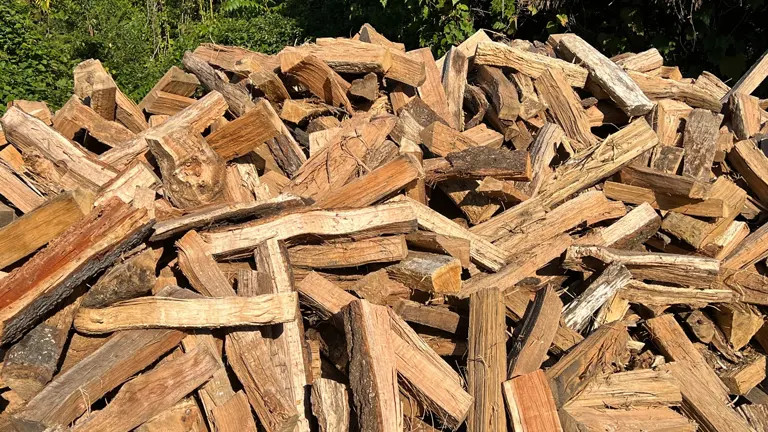
Seasoned wood has been cut, split, and left to dry until its moisture content is reduced to below 20%. This drying process can vary greatly depending on the type of wood, ranging from a few months to over a year. Properly seasoned wood ensures efficient burning and minimizes smoke and creosote buildup, making it safer and more effective for use in fires.
2. Stacking Wood Is Optional
There’s a common debate about whether or not stacking firewood is necessary. Though some might consider it an optional task, stacking has undeniable benefits for those looking to maximize their wood’s drying efficiency and longevity. Properly stacked wood, raised off the ground and ideally covered, benefits significantly from increased exposure to sun and wind, which helps it dry faster and more evenly.
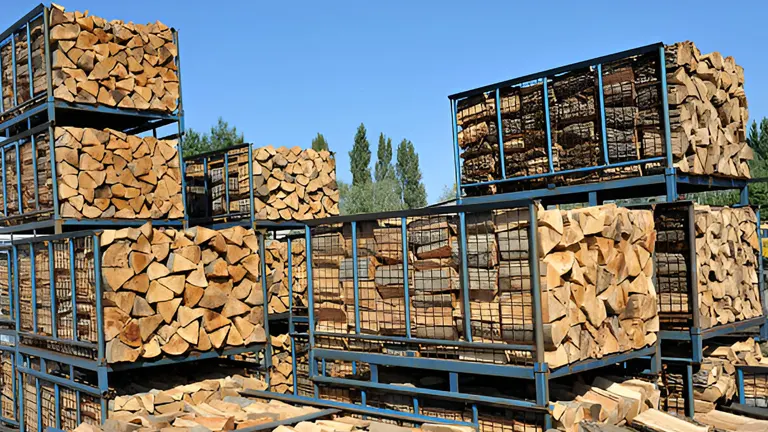
This method also prevents moisture from seeping up from the ground—a common issue in more humid environments that can lead to mold growth and wood rot. Thus, while stacking might seem like extra work, it plays a crucial role in maintaining the quality and burn efficiency of your firewood.
3. Misconceptions About Creosote Buildup
Many people believe that burning certain types of wood, such as pine, leads to inevitable creosote buildup in chimneys. However, the real culprit behind creosote accumulation isn’t the type of wood, but rather its moisture content.
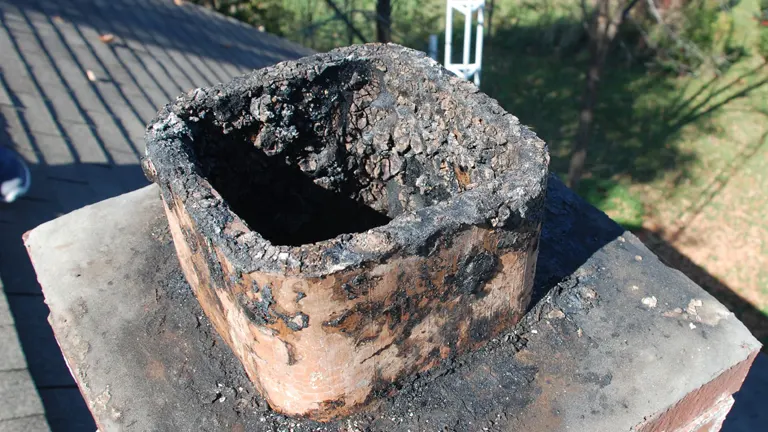
Burning wood that is not sufficiently dried, regardless of its type, increases the risk of creosote buildup, which can lead to chimney fires. To ensure safe and efficient fireplace operation, it is essential to use well-seasoned wood and maintain regular chimney cleaning. This approach minimizes the risk of creosote buildup and maintains the efficiency of your heating system.
4. The Variability of a Truckload of Wood
The term “truckload of wood” lacks a standard definition and can significantly vary depending on several factors. The actual quantity depends largely on the size of the truck, how the wood is arranged (stacked neatly or thrown in loosely), and how high it’s piled.
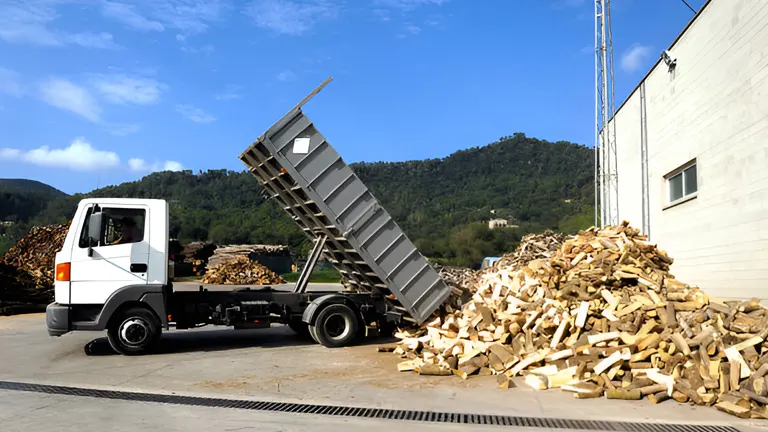
These variables can dramatically affect the amount of wood one receives. To avoid confusion and ensure fair transaction, it’s crucial for consumers to clarify these details with sellers. Understanding these specifics helps in setting the right expectations and ensures that both parties are on the same page regarding the quantity of wood being purchased.
5. Wood Moisture and Quality Testing
While many believe that visual cues like bark peeling or cracks at the ends of logs indicate that wood is dry enough for burning, these signs can be deceptive. For a more reliable assessment, using a moisture meter is recommended.

This tool provides an accurate measure of the wood’s internal moisture content after it’s been split. Ideally, wood should have a moisture content of 20% or less to ensure efficient burning and minimal smoke. Testing with a moisture meter ensures that the wood is ready for use and prevents issues such as excessive smoke or potential creosote buildup in chimneys.
6. Softwoods Are Inferior for Burning
The notion that softwoods are inferior for burning compared to hardwoods is a common misconception. In truth, as long as softwood is properly dried, it can burn effectively and efficiently. Softwoods are widely used in areas where they are plentiful, such as the western United States and parts of Canada.
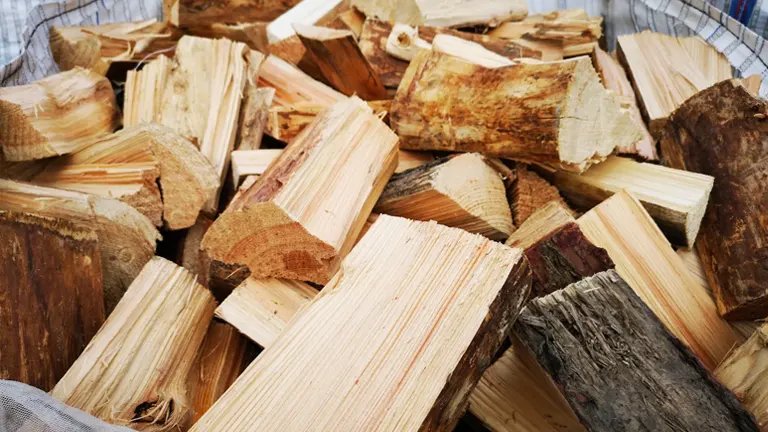
They do burn faster and produce more flame than hardwoods, making them suitable for creating a warm, inviting ambiance. However, their rapid burn rate means they might need to be replenished more frequently, which can be ideal for shorter burning sessions or for those who enjoy the lively visuals and sounds of a crackling fire.
7. The Bias Toward Certain Types of Wood
Many people hold strong preferences for specific types of firewood, often influenced by tradition or the availability of certain woods in their region. While hardwoods like oak and hickory are favored for their long burning times and consistent heat output, other types of wood such as ash, maple, and even various softwoods can be just as effective when properly dried and prepared. .
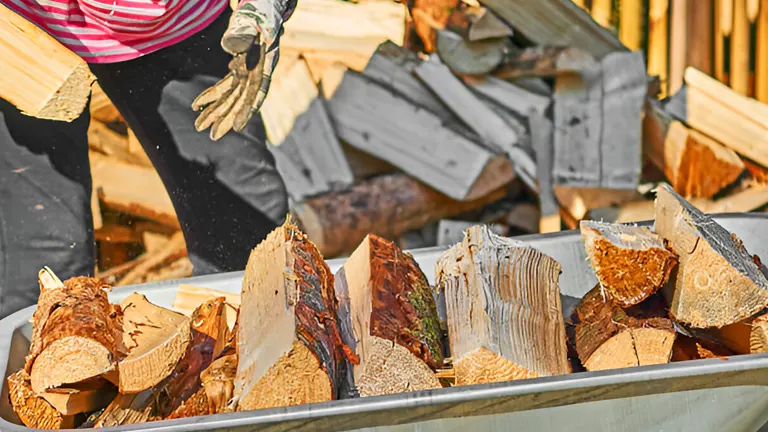
The key to efficient wood burning is not necessarily the type of wood used, but how well it is processed and dried before use. This open-minded approach allows for a broader selection of wood types and can be especially useful in areas where traditional hardwoods are less accessible.
Maintenance Advice for Firewood Equipment
Proper maintenance of firewood equipment such as chainsaws, wood splitters, and wood stoves ensures safety and efficiency while extending the lifespan of your tools. Here’s a brief guide on how to care for these essential items:
Chainsaws
- Cleaning: Regularly clean the chainsaw’s air filter and cooling fins to prevent overheating and ensure optimal performance. Remove debris from the chain and guide bar after each use.
- Sharpening: Keep the chain sharp to improve cutting efficiency and reduce the risk of accidents caused by a dull chain that can cause the saw to buck or kickback.
- Lubrication: Regularly check and refill the bar and chain oil to ensure the chain moves smoothly without excessive friction.
Wood Splitters
- Hydraulic System Care: Regularly check hydraulic fluid levels and look for signs of leaks. Change the hydraulic filter as recommended by the manufacturer to keep the system clean.
- Moving Parts: Lubricate moving parts frequently to reduce wear and tear. Inspect the splitter’s beam and wedge before use to ensure they are securely attached and free of cracks.
- Storage: When not in use, store your wood splitter in a dry, covered area to prevent rust and deterioration.
Fireplaces and Wood Stoves
- Creosote Management: Regularly inspect and clean the chimney or flue to prevent creosote buildup, which can lead to chimney fires.
- Ash Disposal: Clean out ash from the stove or fireplace once it cools. Ensure ashes are stored in a metal container with a lid, away from any combustible materials.
- Seal Inspection: Check the seals and gaskets annually to ensure they are intact to prevent smoke leaks and maintain heating efficiency.
General Tips
- Storage: Store all equipment in a dry, covered area to prevent rust and damage from the elements.
- Routine Checks: Before each use, perform a quick check to ensure all parts are functioning correctly and securely attached.
Conclusion
By understanding and addressing these myths, you can optimize your firewood usage, ensuring efficiency and safety whether you’re heating your home or enjoying a campfire. Remember, the key to good firewood is not just about the type of wood but how well it is processed and maintained.
FAQS
- How long should firewood be seasoned before it’s ready to burn?
Firewood typically needs to dry for about six months to two years, depending on the type of wood and storage conditions. The wood is ready when its moisture content is below 20%. - Can I burn freshly cut wood?
It’s not recommended to burn green wood as it has high moisture content, which can lead to increased smoke and creosote buildup in your chimney. - What is the best way to store firewood?
Store firewood off the ground on a rack or pallets in a dry, covered area with good air circulation to prevent mold and rot. - Is it okay to burn pine in my wood stove?
Yes, you can burn pine as long as it’s dry. However, it burns quickly and may generate more creosote, so ensure your chimney is cleaned regularly. - How can I tell if my firewood is dry enough to burn?
Use a moisture meter to check that the wood’s moisture content is below 20%. Dry wood typically has cracks at the ends, sounds hollow when knocked together, and the bark may come off easily. - What are the best types of wood for a long, steady burn?
Hardwoods like oak, maple, and hickory are preferred for their dense structure, which allows them to burn longer and produce more heat. - Can I mix different types of wood when burning?
Mixing different types of wood is fine and can be beneficial. For example, starting with softer wood can help get the fire going, and then adding hardwoods can keep it burning longer. - Does the type of firewood affect the flavor of food when used for smoking or cooking?
Yes, different types of wood impart different flavors. For example, apple and cherry woods are popular for smoking because they give a sweet, mild flavor to meat. - Are there any woods that should never be burned in a fireplace or stove?
Yes, avoid burning woods treated with chemicals or painted, as they can release toxic fumes. Also, woods like poison oak or poison ivy can release irritants into the air. - How should I handle large pieces of wood that aren’t drying properly?
Large pieces of wood may need to be split into smaller pieces to reduce their moisture content effectively. Smaller pieces expose more surface area to the air, which accelerates the drying process.
We’ve explored some common firewood myths together, and now I’d love to hear from you! Have these insights changed your views, or do you have experiences that challenge these facts? Share your thoughts and tips in the comments below—let’s keep the conversation burning bright!

David Murray
Forestry AuthorI'm David Murry, a forestry equipment specialist with a focus on chainsaw operation. With over 13 years of experience, I've honed my skills in operating and maintaining a wide range of machinery, from chainsaws to log splitters. My passion for the outdoors and commitment to sustainable forestry drive my work, which emphasizes safety, efficiency, and staying updated with industry advancements. Additionally, I'm dedicated to sharing my expertise and promoting environmental awareness within the forestry community.




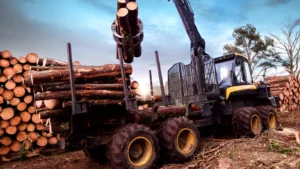








Leave your comment